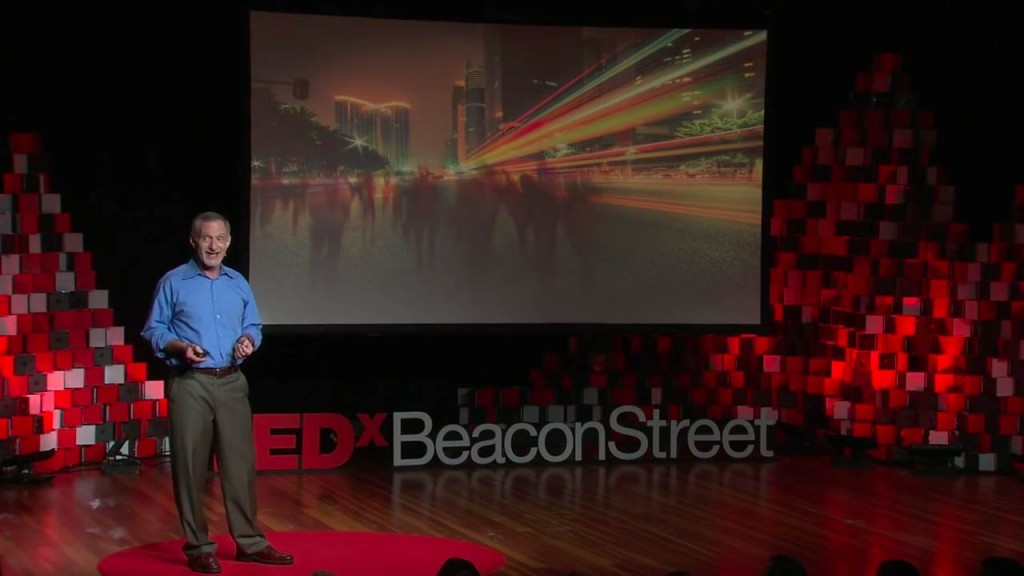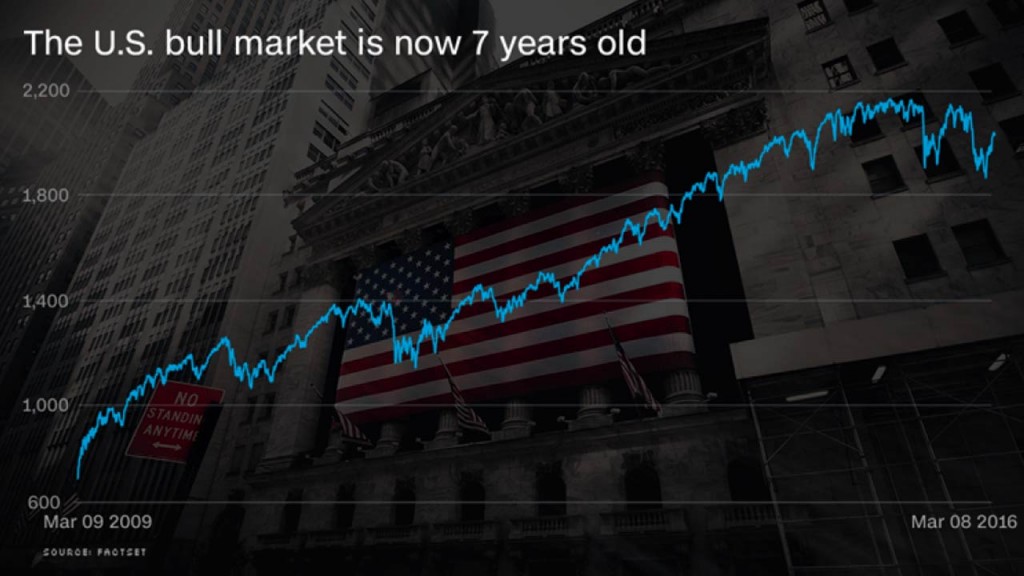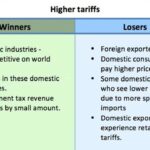
31 Mar 2016
China, Commodities & Central Banks
- Posted by Dejan Pekic BCom DipFP CFP GAICD
With a first quarter at an end it may be worthwhile pausing and thinking about where financial markets are heading.
The attached paper has been published by an investment house that focuses on professionally managing defensive assets, specifically fixed interest both in Australia and overseas.
It details predictions and forecasts for 2016 about China, commodity prices and central bank stimulus.
March 2016 Cyclical Outlook.

23 Mar 2016
Lessons from the Longest Study on Happiness
- Posted by Dejan Pekic BCom DipFP CFP GAICD
Update from TED Talks
This link was sent to me by Stavros Vasiliou who has been a client since 1997 and it is profound.
As Easter arrives, a time of reflection it may be worthwhile to just pause and be enlightened by the findings of this 75 year old study from Harvard on what makes a good life.
It is only 13 minutes of your time. Click and enjoy.

15 Mar 2016
Trustee Obligations
- Posted by Dejan Pekic BCom DipFP CFP GAICD
Update- Self Managed Super Funds (SMSF)
The transitional regulations for SMSFs with collectibles and personal use assets around leasing, storage, insurance and valuation will cease on 1 July 2016.
All collectibles and personal use assets held by an SMSF must comply by 1 July 2016 or be disposed of with each breach incurring a penalty of 10 units or $1,800 per trustee.
Collectibles and personal use assets include artwork, jewellery, antiques, artifacts, coins or medallions, postage stamps or first day covers, rare folios, manuscripts or books, memorabilia, wine, cars, recreational boats and memberships of sporting or social clubs.
The regulations require that these collectibles and personal use assets:
- are not used by or leased to a related party
- if sold to a related party, they must be sold at market value and supported by an independent valuation
- are not stored in the private residence of a related party and decisions relating to the storage must be documented and retained for at least 10 years
- are insured in the trustee’s name and within 7 days of acquisition
The main aim of the regulations is to ensure these investments do not give rise to a personal and or current day benefit for SMSF trustees but instead are held solely for the purpose of providing retirement income.

10 Mar 2016
Bull Market
- Posted by Dejan Pekic BCom DipFP CFP GAICD
Update- Market Metrics: America’s 7 year bull market
The US bull market officially passed the 7 year mark yesterday since the Dow Jones Industrial Index bottomed out at 6,547 in 2009 after having reached a all-time high close of 14,164 on the 9th October 2007.
The Dow Jones Industrial Index has gone on to post a new all-time high close of 18,312 which was reached on the 19th May 2015.
By comparison the Australian All Ordinaries Index closed at 3,111 on the 6th March 2009 which was a 54.6% drop from its 6,853 all-time high close on the 1st November 2007.
The good news is that we did achieve a mini peak last year at 5,937 on 25th March 2015 but we are still nowhere near passing the 6,800 mark after 7 years.
The question now is how much longer can the US bull market run before it busts? And what do you do about it?

1 Mar 2016
Technical Paper
- Posted by Dejan Pekic BCom DipFP CFP GAICD
Update- Social Security treatment of principal home
In 2013-14 an estimated $39.5 billion was spent on the Age Pension benefiting around 2.4 million recipients.
Modeling by the Australian Government National Commission of Audit shows that the proportion of older Australians eligible for the Age Pension will remain constant at 80% over the next 40 years with only 20% of eligible individuals being completely self-sufficient and not reliant on the Age Pension.
Remember, the Age Pension was introduced in 1909 with the qualification age being 65 while male life expectancy was age 55 and in 2009 the Commonwealth finally scheduled the age of access to rise from 65 to 67 by 2023.
So how does Australia fund the 80% of individuals qualifying for a full or part Age Pension going forward?
One potential candidate is the primary residence and so we thought you may like to refresh yourself with the current social security treatment of the principal home.














